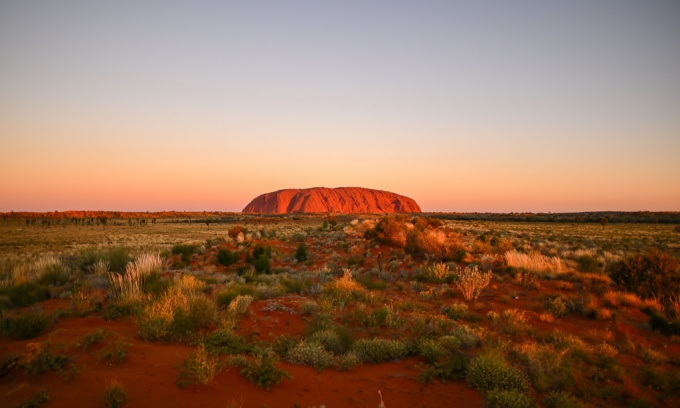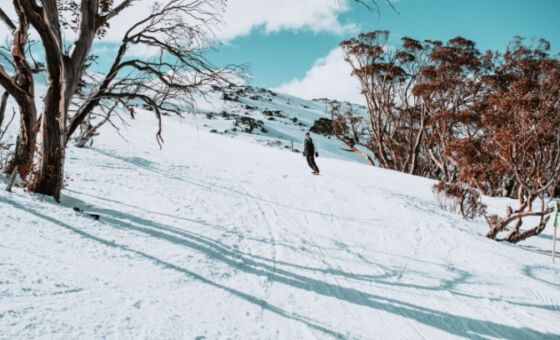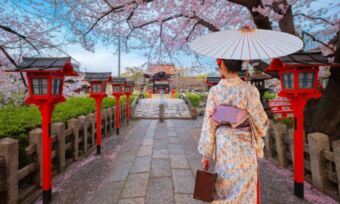A UNESCO World Heritage-listed site, Uluru is a place of great significance to Australians, the local Pitjanjara Anangu people in particular. It currently attracts around 200,000 tourists a year, and though climbing Uluru was famously banned in 2019, tourists can still visit the landmark to admire it. Given Uluru’s cultural significance, it may help those planning a visit to the area to understand a bit more about the site and what times of year could be most suitable.
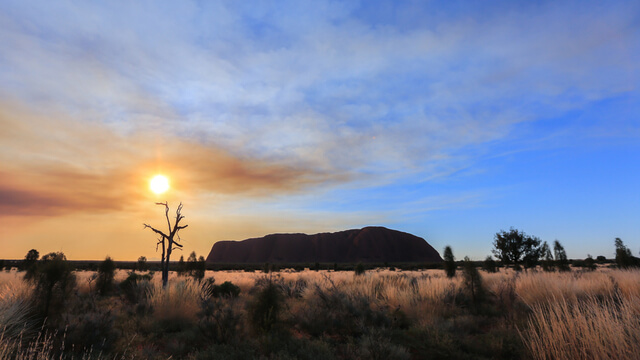
- Source: Jc Antunes (Shutterstock)
Uluru’s history
The traditional owners of Uluru-Kata Tjuta park (where Uluru is found) and the surrounding land, the Anangu, consider the rock to be an important ancestor of the region. According to the Anangu, the monolith was created at the beginning of time by ancestral beings, and the park’s administrators say that Aboriginal people have lived in the area for at least 30,000 years. The rock itself stands 348m high and is nearly 10km to walk around. However, most of Uluru is underground as it extends 2.5km below the surface.
Why was Climbing banned at Uluru?
The Uluru-Kata Tjuta National Park Board of Management unanimously decided to close the climb from 26 October 2019. The closure coincided with the 34th anniversary of Uluru’s return to the traditional owners.
Signs asking people, on behalf of the Anangu, to reconsider the climb had been up since 1992, but an official closure finally took place for several reasons, including:
- Cultural: To its Aboriginal owners, Uluru is a sacred site and links them to their spirit ancestors who they believe shaped the land. Under Tjukurpa (Anangu law and culture), climbing of Uluru was not generally permitted.
- Safety: Many accidents, including fatal ones occurred when climbing was permitted. According to the Australian Government, it is estimated at least 35 people have died while many others have had to be rescued due to injuries such as broken bones, or heat exhaustion and dehydration.
- Environmental: Since the 1950s, erosion has occurred from the millions of feet that have walked up Uluru. Human waste was also left on the rock at times.
When is the best time to visit Uluru?
The weather is a key factor to consider before planning your trip to Uluru, as it may affect your experience and what you need to pack. Uluru is known for its extremely hot summer, with temperatures in January reaching a long-term average of 38.5C, according to the Australian Bureau of Meteorology.
The scorching heat of summer is well known, but visitors may be less aware of how cold it can get in winter. The daytime temperature can be reasonable, but as soon as night hits, it can drop to below 0C.
However, when it comes to the local seasons at Uluru, the Anangu don’t go by Western dates. They instead break down the year into five periods, according to Parks Australia.
Piriyakutu/piriya piriya (usually August to September)
Uluru typically experiences a warm, steady wind from the north and west at this time of year, while the average maximum temperature hits 22.6C in August and 26.4C in September. Temperatures can fall below 10C at night during both months.
Mai wiyaringkupai/kuli (around December)
This is considered one of the hottest seasons, with an average maximum temperature of 37.5C and little to no rain. Storm clouds are quite prominent and lightning strikes can cause fires in the region.
Itjanu/inuntji (usually January to March)
These three months typically offer little respite from the hot weather with an average maximum of no lower than 35C. After the dry season that precedes it, overcast clouds can begin to appear, with rain finally falling in the area. That said, according to Uluru Travel, only an average of 31cm of rain falls in the area every year, making it rare to experience a downpour whilst on holiday there.
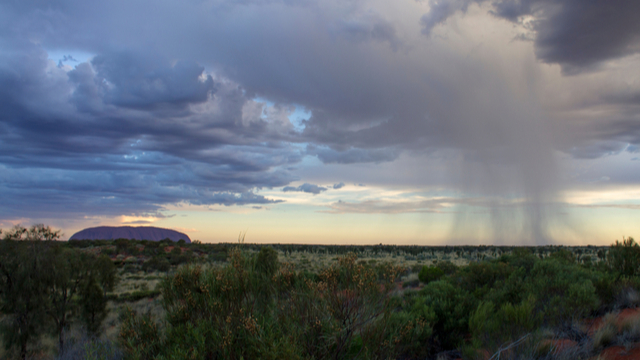
- Source: Mick2770 (Shutterstock)
Wanitjunkupai (usually April and May)
During this season, colder weather starts to roll in, with westerly winds bringing in clouds around April, but typically no rainfall. The above 30C temperatures end and a chilly change is felt leading to an average minimum of 12.6C in April and 7.9C in May.
Wari (usually May, June and July)
The coldest season starts with frost and mist/dew occurring each morning. There is little to no rain but, you may need to thinking about staying warm, as the average minimum does not go above 8C. During the colder months, packing items such as a beanie, scarf, gloves, warm jumpers and track pants could make your trip that bit more comfortable.
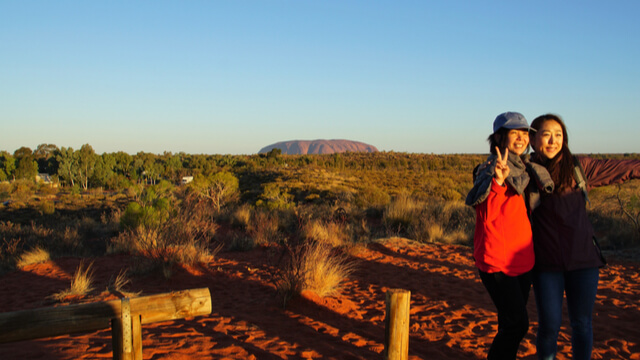
- Source: Annalucia (Shutterstock)
When is the cheapest time to visit Uluru?
Generally speaking, the cheapest time to visit Uluru might be between October and April, as these are the warmer months, and the summer heat can keep tourists away. If you’re not averse to the heat, then this could be a good time to visit. Conversely, the high season tense to be between May and September, when more travellers are drawn to the site thanks to cooler weather, so travelling at this time might be more comfortable but more expensive.
Regardless of when you travel to the area, bear in mind that you may need to budget for the cost of entry to Uluru-Kata Tjuta National Park, as fees apply. At the time of writing, the cost of visiting Uluru is:
- $38 for an adult three-day park pass
- $50 for an adult annual pass
- $109 for Northern Territory Annual vehicle fee
If you are visiting with a tour company, check whether the cost of entry to the park is included in the cost of your itinerary.
Can you get travel insurance for Uluru?
Accidents can happen anywhere, even when you are travelling domestically. As Australians are typically either covered by Medicare or private health insurance for most emergency medical incidents, the Australian Government Smart Traveller recommends domestic travel insurance to protect against risks such as holiday cancellation, baggage loss or incurring car hire excess fees.
Cover image source: Atstock Productions/Shutterstock.com



